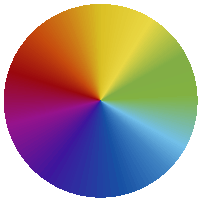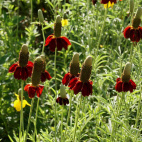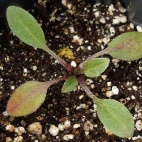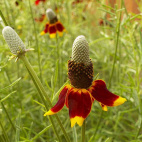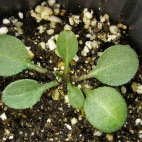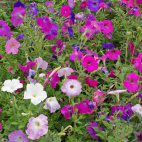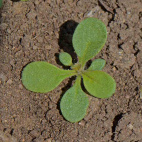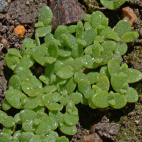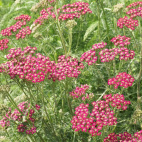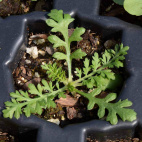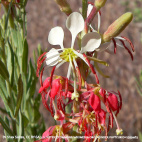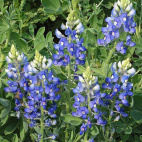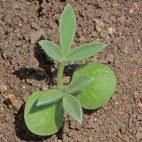Color
Availability
USDA Zone
Region
Type
Duration
Season
Germination
Soil
Sunlight
Height
Use
Narrow Your Search
Color
Availability
USDA Zone
Region
Type
Duration
Season
Germination
Soil
Sunlight
Height
Use
Wildflower Seeds - Northern Region
The Northern region is home to our Canadian friends in the eastern provinces, as well as the northern-most part of the Eastern US. This area is characterized by a long, cold winter with lots of snow, and a short humid summer that only lasts about 3 or 4 months. Most of the area is classified as a UDSA Growing Zone 4 or less, and the species that grow here have interesting ways to perpetuate themselves in spite of the short growing season. There are a lot of forests and wetlands in this region, so adequate moisture is hardly ever a problem. Look up your growing zone to make sure that the Northern wildflower seeds that you want to grow are winter hardy. Alternatively, just order annual flower seeds online so that the plant does not need to make it through the winter, but can reseed itself and come back from seed the next year.
-
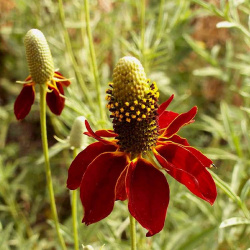 Out Of Stock
Dwarf Red Coneflower Seeds
Ratibida columnifera
This native dwarf wildflower bears a deep red flower beneath a long brown cone. This perennial does well in hot, dry areas, and is pretty easy to grow.Quick View$3.25 Pkt - $8.20 / Oz
Out Of Stock
Dwarf Red Coneflower Seeds
Ratibida columnifera
This native dwarf wildflower bears a deep red flower beneath a long brown cone. This perennial does well in hot, dry areas, and is pretty easy to grow.Quick View$3.25 Pkt - $8.20 / Oz -
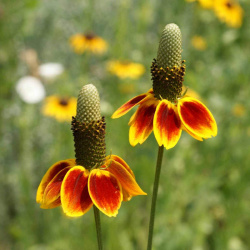 On Sale!
Mexican Hat Seeds
Ratibida columnifera pulcherrima
Aptly named, this popular Ratibida Columnifera Pulcherrima wildflower sports bright red and yellow petals beneath the tall center cone. This perennial is a native of the Great Plains, and so does well in hot, dry conditions.Quick View$2.98 Pkt - $7.92 / Oz
On Sale!
Mexican Hat Seeds
Ratibida columnifera pulcherrima
Aptly named, this popular Ratibida Columnifera Pulcherrima wildflower sports bright red and yellow petals beneath the tall center cone. This perennial is a native of the Great Plains, and so does well in hot, dry conditions.Quick View$2.98 Pkt - $7.92 / Oz -
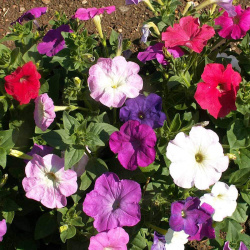 Dwarf Petunia Seed Mix
Petunia nana compacta
Bring back a garden favorite from the 1950s with this bright multicolored mix. The sturdy and compact growth of this annual is perfect for mass planting, hanging baskets, or container gardening.Quick View$3.48 Pkt - $17.72 / Oz
Dwarf Petunia Seed Mix
Petunia nana compacta
Bring back a garden favorite from the 1950s with this bright multicolored mix. The sturdy and compact growth of this annual is perfect for mass planting, hanging baskets, or container gardening.Quick View$3.48 Pkt - $17.72 / Oz -
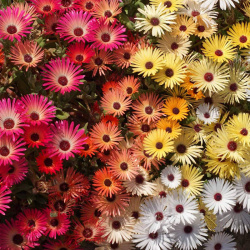 On Sale!
Ice Plant Seed Mix
Mesembryanthemem criniflorum
This plant's unusual name was most likely inspired by the crystal-like texture of its foliage. This vibrant annual also produces masses of daisy-like flowers in red, orange, yellow, pink, white, or purple.Quick View$2.98 Pkt - $8.20 / Oz
On Sale!
Ice Plant Seed Mix
Mesembryanthemem criniflorum
This plant's unusual name was most likely inspired by the crystal-like texture of its foliage. This vibrant annual also produces masses of daisy-like flowers in red, orange, yellow, pink, white, or purple.Quick View$2.98 Pkt - $8.20 / Oz -
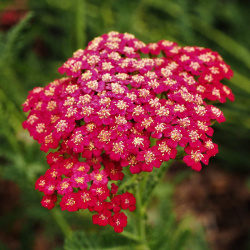 Red Yarrow Seeds
Achillea millefolium rubra
Fragrant foliage and cheerful, long-lasting flowers make this an enduring favorite. Try this variety if you want to add color to a dry area. Yarrow is also valued for its herbal properties.Quick View$3.48 Pkt - $18.77 / Oz
Red Yarrow Seeds
Achillea millefolium rubra
Fragrant foliage and cheerful, long-lasting flowers make this an enduring favorite. Try this variety if you want to add color to a dry area. Yarrow is also valued for its herbal properties.Quick View$3.48 Pkt - $18.77 / Oz -
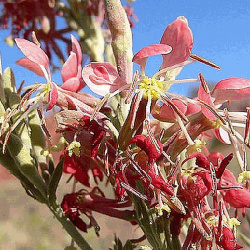 Out Of Stock
Scarlet Gaura Seeds
Gaura coccinea
These striking scarlet blossoms last for just one day, opening at the onset of the evening for pollination by nocturnal insects. The hardy perennials are very easy to grow and will spread via reseeding when given time and space.Quick Viewx
Out Of Stock
Scarlet Gaura Seeds
Gaura coccinea
These striking scarlet blossoms last for just one day, opening at the onset of the evening for pollination by nocturnal insects. The hardy perennials are very easy to grow and will spread via reseeding when given time and space.Quick ViewxScarlet Gaura Seeds
Gaura coccinea
These striking scarlet blossoms last for just one day, opening at the onset of the evening for pollination by nocturnal insects. The hardy perennials are very easy to grow and will spread via reseeding when given time and space.
$3.96 Pkt - $64.00 / Oz -
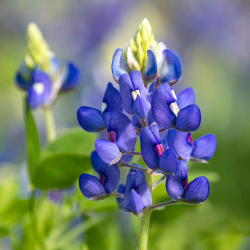 Texas Bluebonnet Seeds
Lupinus texensis
The Bluebonnet is a native wildflower of the deep south and holds the honor of being the State Flower of Texas. The blooms have the unique trait of changing colors as they age, which is why they sometimes look reddish and other times blueish.Quick View$3.48 Pkt - $11.88 / Oz
Texas Bluebonnet Seeds
Lupinus texensis
The Bluebonnet is a native wildflower of the deep south and holds the honor of being the State Flower of Texas. The blooms have the unique trait of changing colors as they age, which is why they sometimes look reddish and other times blueish.Quick View$3.48 Pkt - $11.88 / Oz
The Northern region is home to our Canadian friends in the eastern provinces, as well as the northern-most part of the Eastern US. This area is characterized by a long, cold winter with lots of snow, and a short humid summer that only lasts about 3 or 4 months. Most of the area is classified as a UDSA Growing Zone 4 or less, and the species that grow here have interesting ways to perpetuate themselves in spite of the short growing season. There are a lot of forests and wetlands in this region, so adequate moisture is hardly ever a problem. Look up your growing zone to make sure that the Northern wildflower seeds that you want to grow are winter hardy. Alternatively, just order annual flower seeds online so that the plant does not need to make it through the winter, but can reseed itself and come back from seed the next year.


